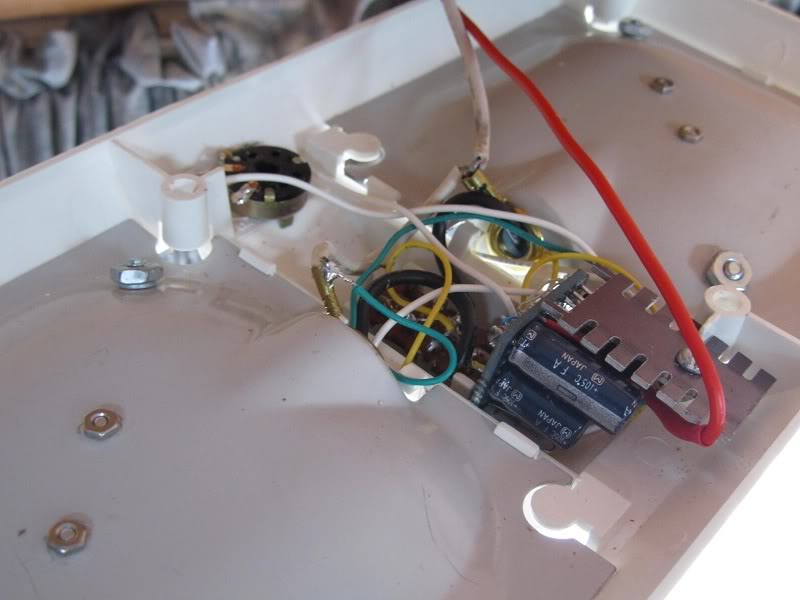Since you are so knowledgeable about dimmers. I've avoided them as I thought they waste a lot of electricity. Do they ?
No, dimmers will generally
save energy. As I mentioned, they are fast "on/off" switches. If you think of it in slooooooowwwwww mooooootioooon, a dimmer that is set at 50%, it would be like comparing a light that is on 24 hours a day, versus one that is turned off each alternate hour and then on again, so on just 12 hours a day. It will use ~ half the power. But they switch 120 times per second, some designs switch even faster, chopping each cycle several times.
The dimmer itself uses/wastes almost no electricity. When it is switched OFF, there may be a tiny leakage current. When it is ON, there will be a small voltage drop. And a very small amount wasted as it switches. But these are small. If they were not, you could not have a 600W rated dimmer in a switch housing - it would get very hot if it were wasting much power. Most dimmers run barely warm.
One (probably minor) caveat. A 100W filament bulb dimmed down to consume 60 watts, will put out less light than a 60 W bulb. It just isn't at its most efficient part of the curve. But this is generally offset by the actual savings if you do need the full brightness sometimes, and run it dimmed at other times.
The take-away there is, don't put a bigger bulb in there than you actually need. If you are
always dimming it, use a smaller bulb, and run it at a higher setting. But these aren't really large effects - but I'd pay attention if it was a light that was on many hours on average.
I'm not sure about those same effects in dimmable LED/CFLs. I'd assume some similar effect, but they already are using less power, so the absolute differences will be smaller anyhow. I wouldn't worry about it unless it was an extreme mismatch - and if extreme, the control would be 'touchy' if you were using just 10% of the range of the dimmer. A better match would be better all around.
edit: ooops! cross posted much of what NW-Bound pointed out. That's the nice thing about facts over opinion - facts are the same everywhere, no matter the source!
-ERD50



